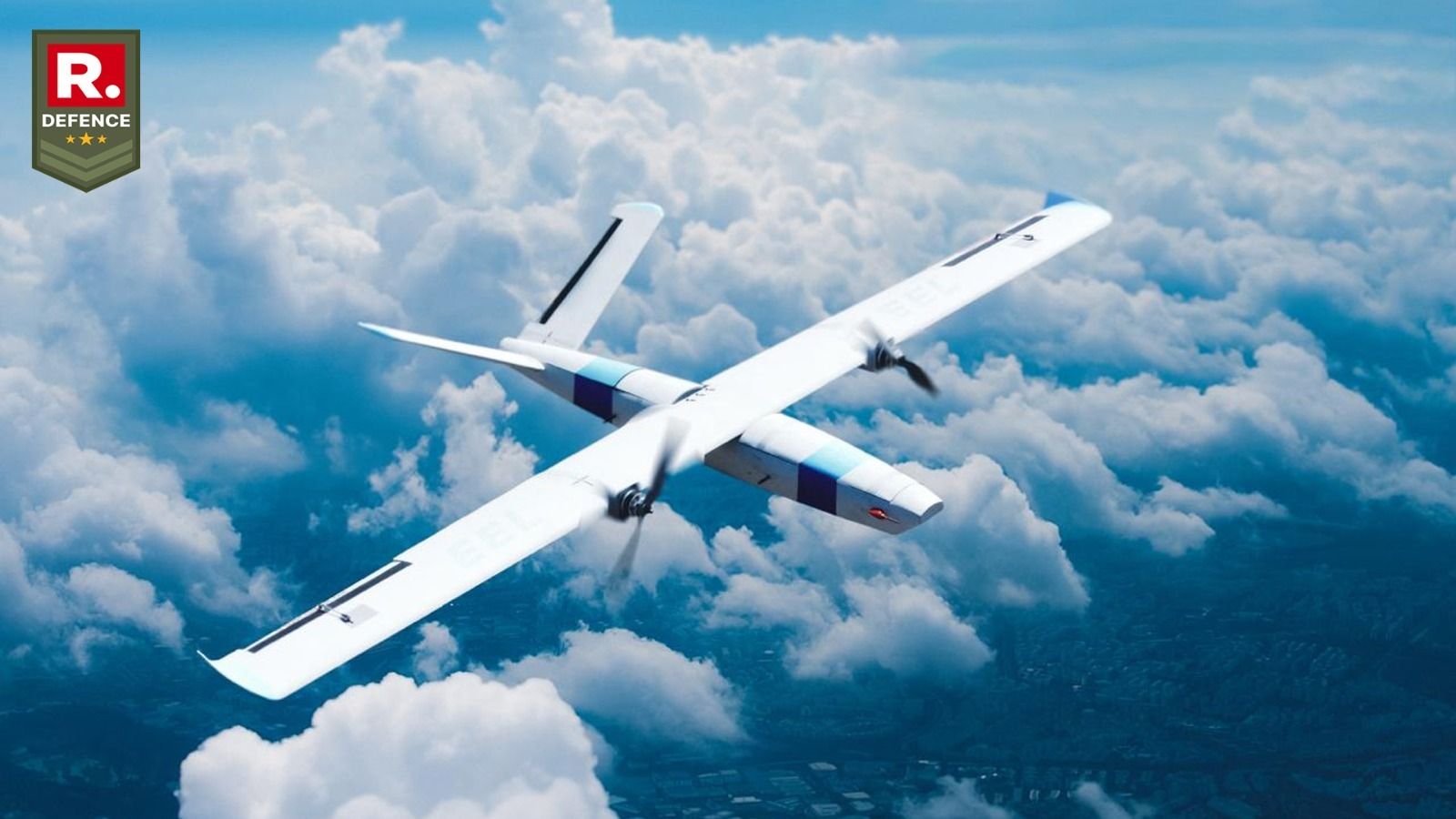In a significant stride for India’s defense capabilities, the Indian Army has successfully received a shipment of 480 loitering munitions, known as the Nagastra-1, developed by Solar Industries based in Nagpur. This development not only showcases the nation’s commitment to enhancing its military capabilities but also marks a pivotal moment in India’s push for greater self-reliance in the defense sector.
The Nagastra-1, which features over 75% indigenous content, underscores India’s advancements in drone warfare technology. This delivery was made possible through an emergency procurement process initiated by the Indian Army, emphasizing the urgency and strategic priority of bolstering defense resources amidst rising threats.
Weighing in at just 9 kg, the Nagastra-1 is a man-portable, fixed-wing electric Unmanned Aerial Vehicle (UAV) that excels in both man-in-loop and autonomous flight modes. It can operate effectively within a range of 15 km when piloted manually and extends to 30 km in fully autonomous mode. The UAV has an endurance capacity of 30 minutes, allowing it to perform surveillance as well as precision strike missions. One of its key advantages lies in its electric propulsion system, which grants it a low acoustic signature, enabling undiscovered operations at altitudes exceeding 200 meters—an essential feature for modern combat scenarios.
Equipped with dual surveillance systems for both day and night operations, the Nagastra-1 can carry a 1 kg high-explosive fragmenting warhead, which empowers it to neutralize various soft-skin targets with remarkable accuracy. A standout feature is its parachute recovery mechanism, which allows for the system to be aborted during missions and subsequently recovered for reuse, setting it apart from many similar systems internationally.
This development has significant implications for India’s strategic defense posture, particularly given the increase in drone-related activities along the country’s northern borders. The effectiveness of drones in modern military operations has been profoundly demonstrated in recent conflicts around the world, including in regions like Armenia, Azerbaijan, and Ukraine. India’s experience in these matters reinforces the necessity for homegrown UAV solutions, particularly as domestic expertise in weaponized drone technology currently remains limited.
Following the successful rollout of the Nagastra-1, Solar Industries is now focusing on developing advanced iterations—the Nagastra-2 and Nagastra-3—that promise enhanced performance and warhead capacity. Furthermore, the company is committed to creating a Medium Altitude Long Endurance (MALE) drone as part of the Ministry of Defence’s Indigenously Designed, Developed and Manufactured (IDDM) initiative. This drive is mirrored by other domestic companies pursuing the establishment of indigenous MALE drone capabilities, further signaling a transformative shift in India’s defense procurement approach.
The Indian armed forces are looking to acquire a total of 97 MALE drones, which is expected to considerably augment their surveillance and reconnaissance capabilities. This aligns with the broader goal of fostering an indigenous drone industry capable of producing efficient UAVs at reduced costs, thereby minimizing dependence on foreign suppliers.
With these initiatives and technological advancements, India is actively positioning itself as a potential leader in autonomous weaponized systems, demonstrating a commitment to enhancing indigenous defense capabilities and reinforcing strategic sovereignty on the global stage. The successful integration of the Nagastra-1 into India’s defense arsenal signals a robust future for domestic innovation in military technology, tailored to meet the unique needs of the nation’s armed forces.












